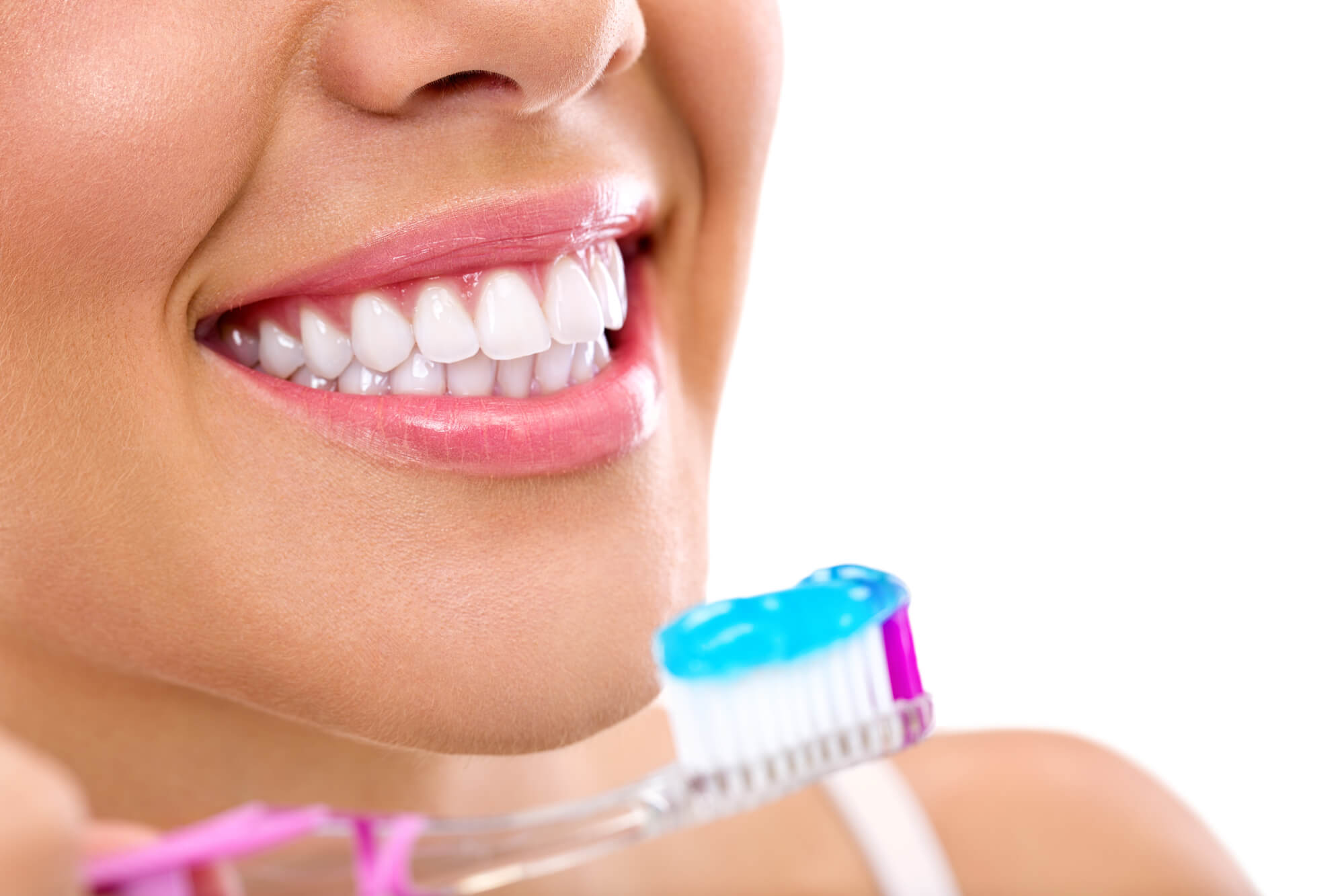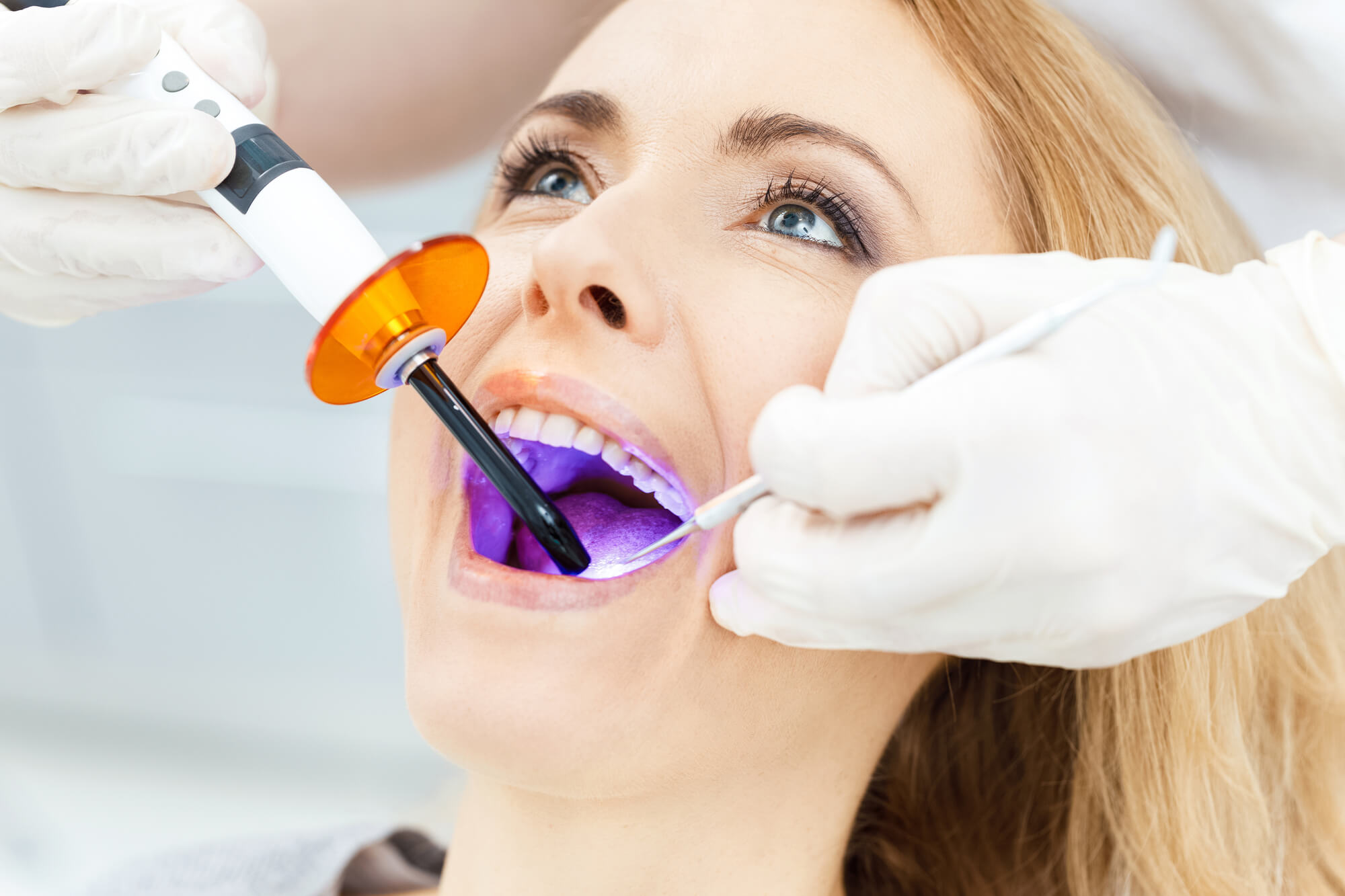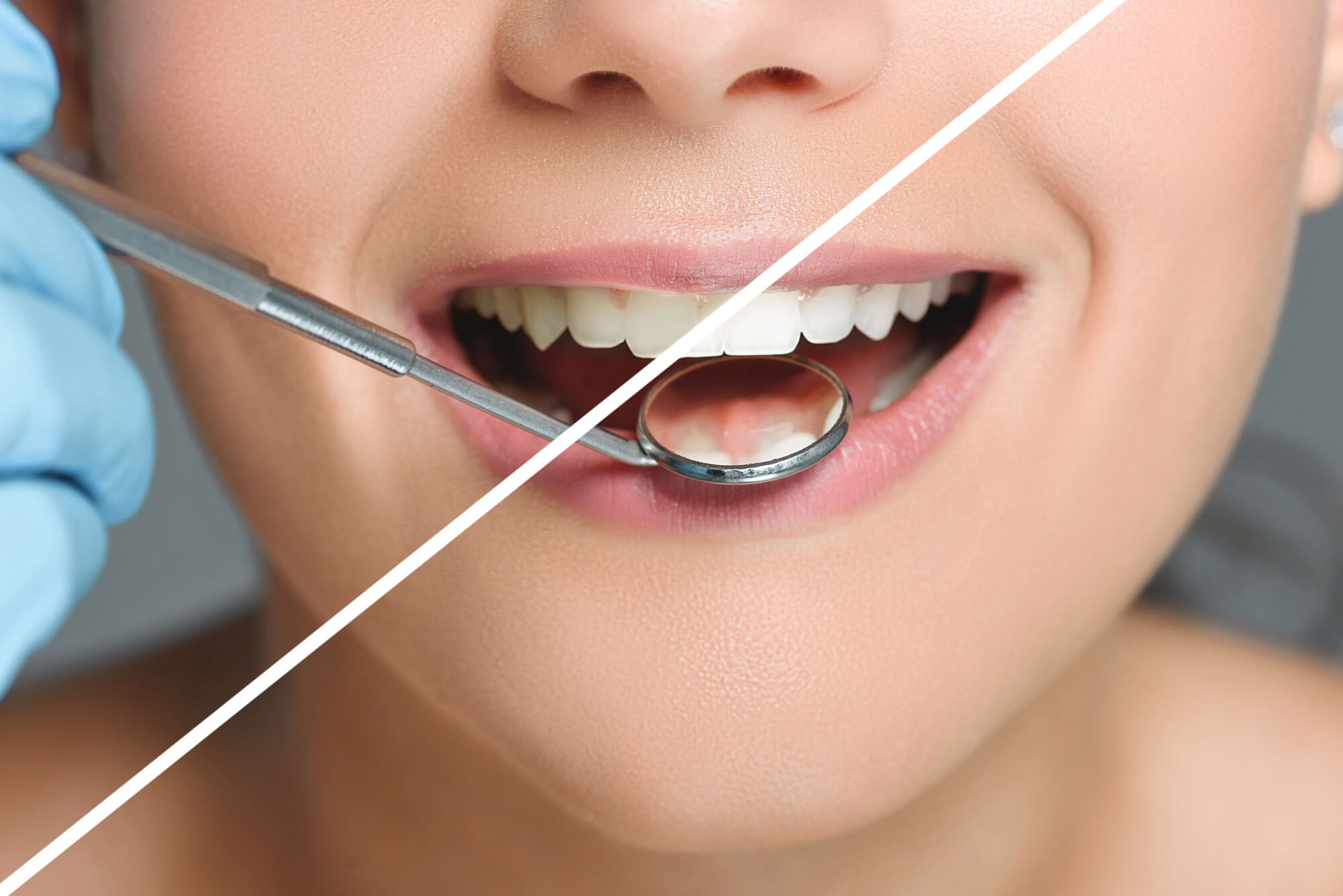A bright, white grin can increase your self-esteem and make you feel fantastic. Teeth whitening is a common cosmetic dentistry treatment that can help eliminate stains and discoloration from your teeth, making them look brighter and younger. But have you ever wondered how teeth whitening works in practice? In this post, we’ll look at the science underlying tooth whitening and explain the mechanisms at work.

How Tooth Whitening Works
The Tooth’s Anatomy
To comprehend the science of teeth whitening, it is necessary first to know the anatomy of a tooth. Enamel, dentin, and pulp are the three layers that make up a tooth. Enamel, a firm, white protective covering that encases the visible section of the tooth, is the outermost layer. Dentin, which is softer and more porous than enamel and can be yellow or brown, lies beneath the enamel. The interior part of the tooth, the pulp, includes nerves and blood vessels.
Teeth Discoloration Causes
Food and drink stains, smoking, age, genetics, and certain medications can all contribute to tooth discoloration. Extrinsic and intrinsic staining are the two types of tooth discoloration. Extrinsic coloring occurs on the tooth’s outer layer, whereas intrinsic staining occurs on the tooth’s interior layers.
Teeth Whitening Agents’ Mechanism of Effect
Teeth whitening treatments operate by dissolving the chemical bonds that cause discoloration of the teeth. Teeth whitening agents are classified into bleaching agents and non-bleaching agents. Bleaching chemicals, such as hydrogen peroxide and carbamide peroxide, remove discoloration by entering the enamel and breaking down the chemical links that cause it. Non-bleaching substances, such as charcoal and baking soda, remove surface stains physically.
The Chemistry of Peroxides
Whiteners based on peroxide release oxygen molecules, which penetrate the enamel and dentin and break down the chemical connections that cause discoloration. Peroxide combines with the chromogens (color molecules) in the teeth, causing them to disintegrate into smaller, less pigmented molecules. This process is repeated until the chromogens have been broken down into molecules small enough to be transparent, resulting in a brighter, whiter grin.
Fears for Safety
While teeth whitening is generally safe when used according to the instructions, there are some potential adverse effects, such as tooth sensitivity and gum irritation. You must follow the directions included with your whitening solution and visit a dental professional if you have any concerns.
The Efficacy of Teeth Whitening
Whitening your teeth can be a very effective technique to improve the appearance of your smile. However, the treatment’s effect can vary based on several circumstances, including the severity of the discoloration and the type of whitening agent employed. It is critical to moderate your expectations and recognize that tooth whitening is not a permanent cure. To keep your results, you may need to repeat the procedure regularly.
Teeth whitening might be an excellent approach to improving your smile and boosting your self-esteem. You can make informed judgments regarding the finest products and procedures for your requirements if you understand the science underlying teeth whitening. To achieve the greatest results, always visit a dental professional before commencing any whitening treatment and carefully follow the recommendations.

Are You Interested in Teeth Whitening in Vero Beach?
Here at Vero Dental Spa, we provide a variety of teeth-whitening techniques for stains of varying intensity. Our dentist can help clean your teeth and mouth to prevent stains from forming on the surface of your teeth. Give us a call today to learn more about our services.
